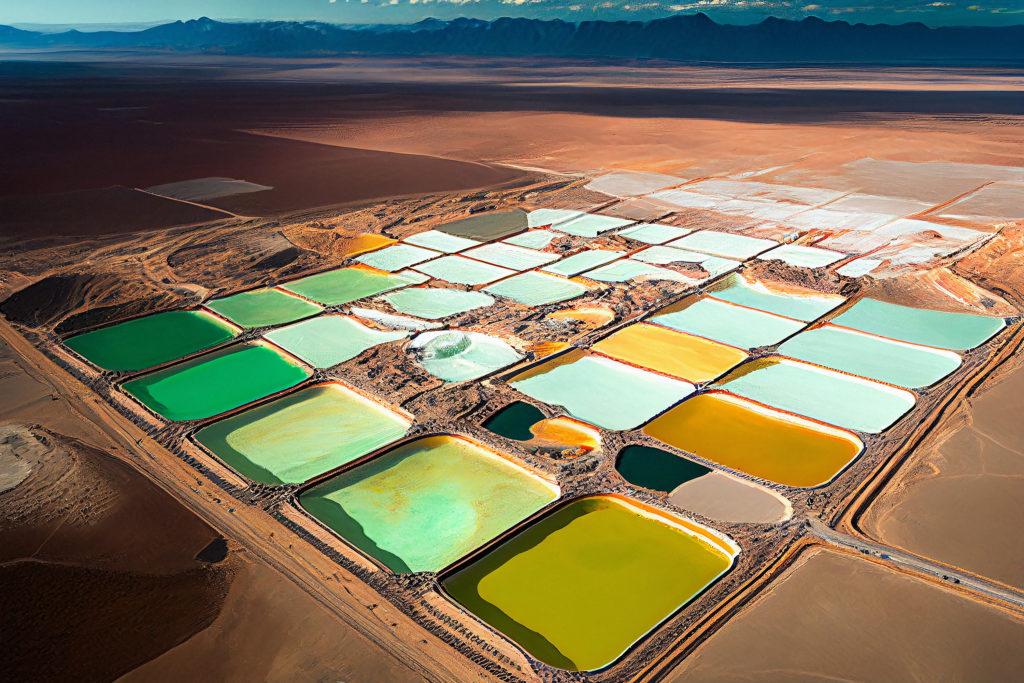Lithium, a fascinating element with atomic number 3, holds immense significance in our modern world. It is a lightweight metal known for its exceptional electrochemical properties, making it a critical component in batteries that power our portable devices, electric vehicles, and renewable energy systems.
Understanding what lithium is and how it is extracted from the Earth provides valuable insights into the process behind this essential resource:
Lithium can be found in various geological formations, but the primary sources of extraction are brine deposits and hard rock minerals. Brine deposits, particularly those found in salt flats known as salars, are abundant in dissolved lithium. These formations exist in regions with specific geological and climatic conditions, such as the Lithium Triangle in South America (Argentina, Bolivia, and Chile) and the Clayton Valley in the United States.
The extraction process for lithium from brine involves several stages. Large evaporation ponds are constructed in areas with significant brine deposits. These ponds allow natural evaporation, aided by the sun and wind. Over time, the water evaporates, leaving behind a highly concentrated solution of lithium and other minerals. This concentrated brine is then transported to processing plants for further purification and chemical reactions.

At the processing plant, impurities like magnesium, sodium, and potassium are removed through various treatments. The goal is to isolate the lithium carbonate or lithium hydroxide from the other elements. This lithium-rich product undergoes additional processing to meet specific industry requirements.
On the other hand, extracting lithium from hard rock minerals involves a different set of processes. Mining operations are undertaken to extract ore, such as spodumene or petalite, from the Earth’s crust. The mined ore is then crushed and ground into smaller particles. The resulting concentrate is treated with chemicals and subjected to froth flotation, a process that separates valuable minerals from waste materials.
Once the concentrate is obtained, it undergoes roasting at high temperatures. This process converts the lithium-bearing minerals into a form suitable for further processing. The roasted concentrate is then leached with water or chemicals to extract lithium in the form of lithium carbonate or lithium hydroxide. The resulting solution is purified, dried, and transformed into the desired lithium compounds required for various applications.
It is crucial to consider sustainability and environmental implications when extracting lithium. The growing demand for this element emphasizes the importance of responsible practices. Efforts are being made to improve the efficiency of extraction processes, reduce water consumption, and develop recycling technologies to recover lithium from used batteries.
Additionally, ethical considerations are necessary to ensure the well-being of local communities and the preservation of ecosystems where lithium extraction occurs. Transparency and accountability in the mining industry play a significant role in mitigating environmental impacts and fostering sustainable practices.
In conclusion, lithium is a lightweight metal with exceptional electrochemical properties that make it vital for energy storage applications. Extracting lithium from the Earth involves complex processes, whether from brine deposits or hard rock minerals. Sustainable practices and environmental considerations are paramount to ensure the long-term viability of lithium resources and minimize ecological disruption. Understanding the journey from raw material to usable lithium empowers us to appreciate the significance of this element in shaping our energy-dependent world.


